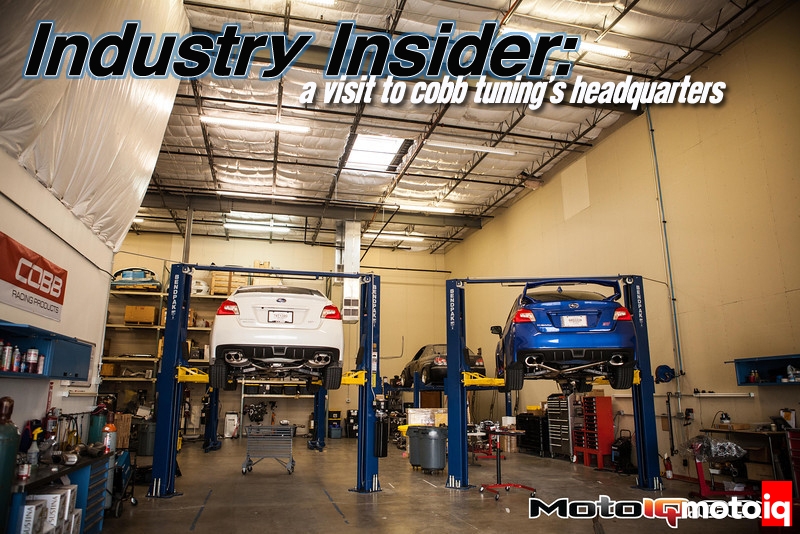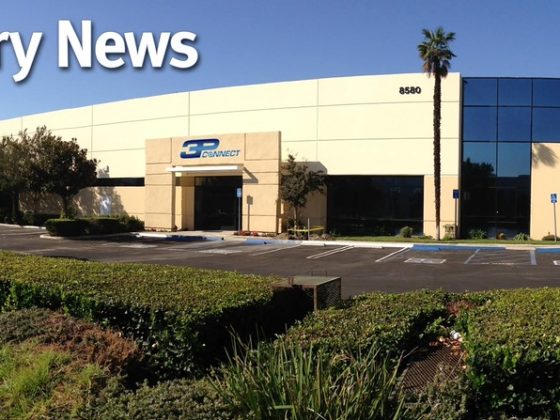,
 A few one-off personal projects like this compound turbo setup on a 2JZ can usually be found around the shop.
A few one-off personal projects like this compound turbo setup on a 2JZ can usually be found around the shop. In the development area are many jigs for creating downpipes and other exhaust pieces.
In the development area are many jigs for creating downpipes and other exhaust pieces. As you can see, the guys have access to a multitude of tools.
As you can see, the guys have access to a multitude of tools. Of course, after making parts, you need to test parts. COBB has their in-house dyno for doing their development work. They also have an emissions cart to check out how well their engine calibration files do on the sniffer. This particular GT-R was used in testing the new COBB Accessport V3 with dual-fuel calibration. An ethanol sensor is plumbed into the fuel line to detect the concentration of ethanol in the fuel. Using that data, the Accessport does on-the-fly map interpolation between the gasoline and ethanol maps to provide the maximum safe power level. I think this is really critical as E85 at the pump is not always the proper concentration of ethanol. Short story, a few years ago at a Formula SAE competition, many of the cars from across the nation tuned on E85 were running like crap at competition. The culprit was the fuel used at the competition taken from the local E85 pumps was not of the full 85% ethanol concentration. Regulations actually allow the content to vary from 51% to 83%. What’s the lesson? If you want to run E85, I think it’s a really good idea to have a flex fuel sensor in your fuel line that can detect the concentration of ethanol and having an engine management system that can adjust as necessary. So, something like the new COBB Accessport for the GT-R.
Of course, after making parts, you need to test parts. COBB has their in-house dyno for doing their development work. They also have an emissions cart to check out how well their engine calibration files do on the sniffer. This particular GT-R was used in testing the new COBB Accessport V3 with dual-fuel calibration. An ethanol sensor is plumbed into the fuel line to detect the concentration of ethanol in the fuel. Using that data, the Accessport does on-the-fly map interpolation between the gasoline and ethanol maps to provide the maximum safe power level. I think this is really critical as E85 at the pump is not always the proper concentration of ethanol. Short story, a few years ago at a Formula SAE competition, many of the cars from across the nation tuned on E85 were running like crap at competition. The culprit was the fuel used at the competition taken from the local E85 pumps was not of the full 85% ethanol concentration. Regulations actually allow the content to vary from 51% to 83%. What’s the lesson? If you want to run E85, I think it’s a really good idea to have a flex fuel sensor in your fuel line that can detect the concentration of ethanol and having an engine management system that can adjust as necessary. So, something like the new COBB Accessport for the GT-R. I think the most optimum way to do dyno testing is with the hood closed. After all, you don’t drive down the street with no hood on your car right? If you want to do hood-closed testing, you need some serious blower power and COBB built a big one. The front portion of the blower duct is designed to roll over the frontend of the car.
I think the most optimum way to do dyno testing is with the hood closed. After all, you don’t drive down the street with no hood on your car right? If you want to do hood-closed testing, you need some serious blower power and COBB built a big one. The front portion of the blower duct is designed to roll over the frontend of the car.


